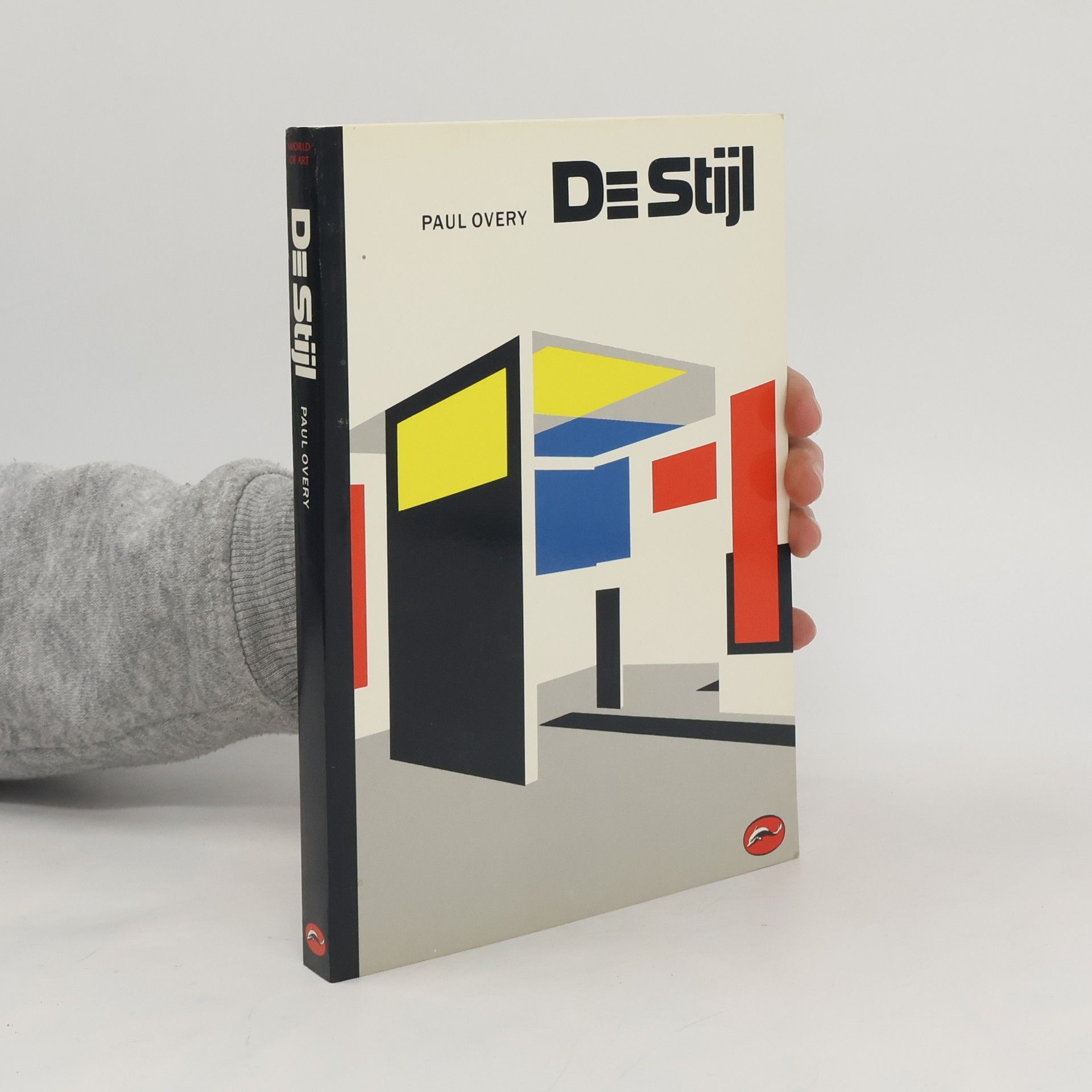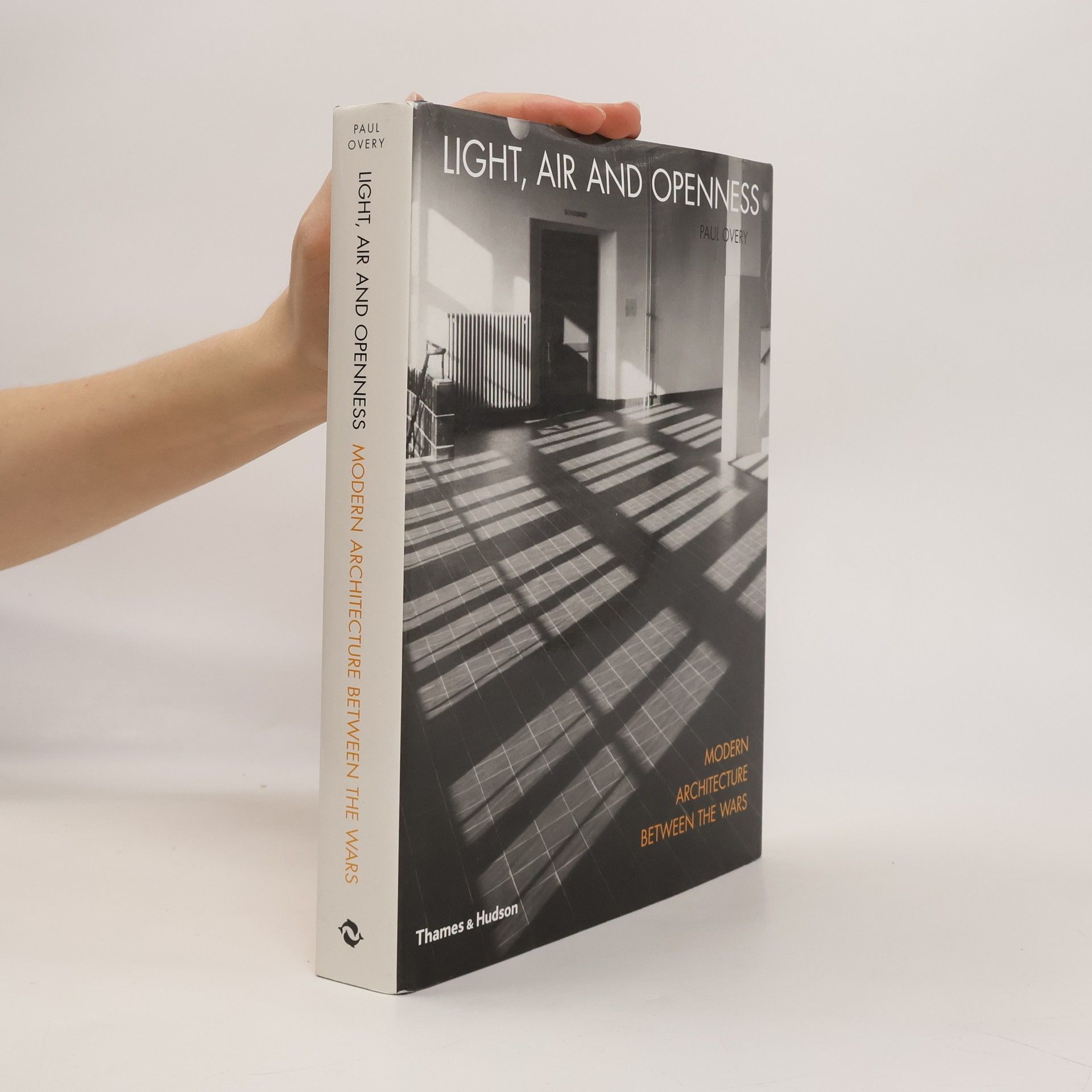This groundbreaking book examines the relationship between the modernist architecture of the 1920s and 1930s and that eras preoccupations with health, cleanliness, fresh air and sunshine, exploring how utopian notions of the clean machine and the hygienist movement inspired the pure geometric forms and sparkling surfaces of early modernist buildings. Anyone with an interest in architecture and/or modernism will find this original approach to a popular theme both engaging and enlightening.
Paul Overy Pořadí knih
14. únor 1940 – 7. srpen 2008
Paul Overy je předním odborníkem na historii umění, architektury a designu, jehož práce zkoumá vizuální kulturu s hlubokým porozuměním. Díky svým rozsáhlým přednáškám a kritickým esejům pro přední britská média si vybudoval reputaci jako pronikavý komentátor uměleckého světa. Jeho analýzy se často zaměřují na propojení mezi formou a významem, přičemž osvětluje, jak vizuální prvky komunikují hlubší myšlenky a emoce. Overyho spisovatelský styl je ceněn pro svou přístupnost a schopnost zpřístupnit složité umělecké koncepty širšímu publiku.


